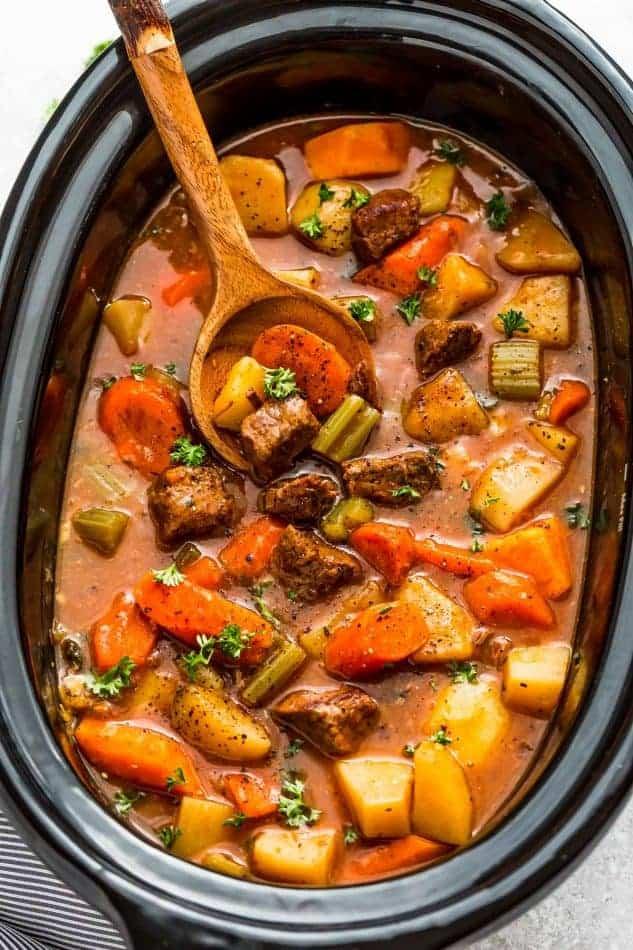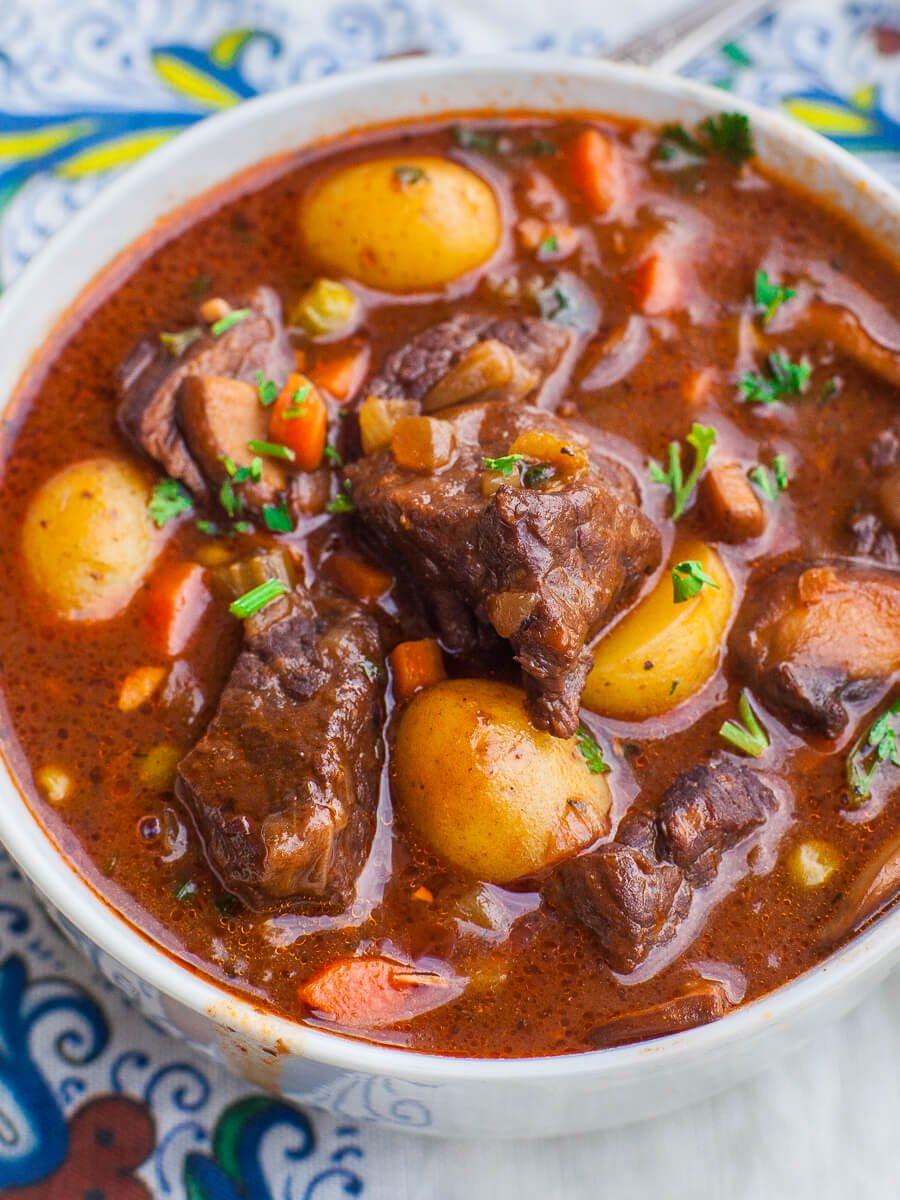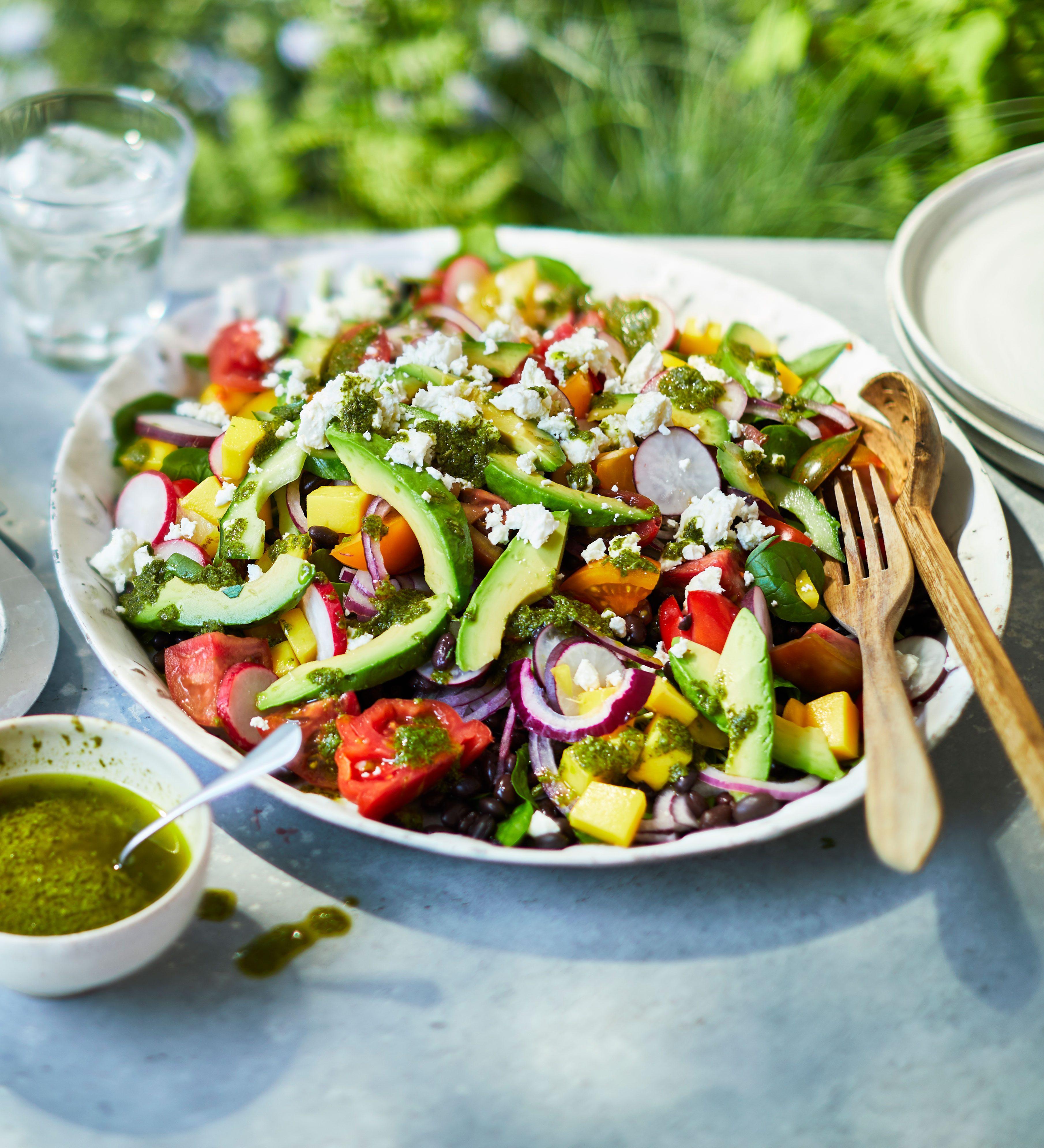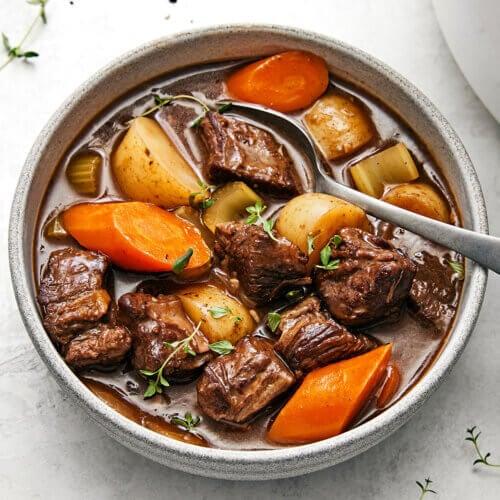
As the seasons shift and the air turns crisp, ther’s nothing quite like the comforting aroma of a simmering beef stew wafting through the kitchen. This classic dish, a staple in homes around the world, invites nostalgia and warmth with every savory bite. Imagine tender chunks of beef, rich vegetables, and an array of aromatic herbs, all melded together over hours of gentle cooking.
With the rise of the slow cooker,this beloved recipe has been transformed into a simple,fuss-free experience that allows busy cooks to indulge in the joys of homemade meals without relentless supervision. Dive into the heart of comfort food as we explore the art of crafting the perfect slow cooker beef stew, a dish that promises to elevate any dinner table and nurture both body and soul.
Table of Contents
- The Perfect Cut: Choosing the Right Beef for Your Stew
- Layering Flavors: Essential Aromatics and Herbs for Depth
- The Slow Cookers Secret: Timing and Temperature for Optimal Tenderness
- Savory Comfort: Enhancing Your Stew with Seasonal Vegetables
- Side Dish Pairings: Completing the Meal with Perfect Accompaniments
- Making It Your Own: creative Twists and Variations on Classic Beef Stew
- Concluding Remarks

The Perfect Cut: Choosing the Right Beef for Your Stew
When crafting a delightful beef stew,the choice of meat is paramount to achieving that rich,comforting flavor. Ideally, you want cuts that stand up to long, slow cooking without losing their texture.The following cuts are renowned for creating the perfect stew:
- chuck Roast: This cut comes from the shoulder of the cow and is well-marbled, providing a great balance of flavor and tenderness.
- Brisket: Often used in barbecue, brisket can add a unique depth to your stew with its rich, beefy taste.
- Round Roast: While it’s leaner than chuck, it becomes tender with long cooking and absorbs flavors beautifully.
- Short Ribs: Thes flavorful pieces can lend a luxurious richness to your dish, thanks to their higher fat content.
When selecting your beef, don’t shy away from looking for some marbling—these small flecks of fat are integral to keeping the meat moist and flavorful. Additionally, consider the following factors:
| cut | Texture | Flavor |
|---|---|---|
| Chuck Roast | Tender after slow cooking | rich and hearty |
| Brisket | Moist and flavorful | Deep and savory |
| Round Roast | Lean but tender | Beefy and mild |
| Short Ribs | Succulent | Intensely rich |
Layering Flavors: Essential Aromatics and Herbs for Depth
In the art of crafting a comforting slow cooker beef stew,the key to elevating its flavor lies in the careful selection and layering of aromatics and herbs. Start with the holy trinity of flavor: onion, garlic, and celery. These foundational ingredients release their natural sweetness and provide a robust undercurrent to your stew. Consider adding carrots for a hint of earthiness and color, ensuring they’re cut into even pieces to cook uniformly. For depth and complexity, add mushrooms; they impart a meaty texture that complements the beef beautifully. Don’t forget to throw in some bay leaves, wich lend a subtle herbal note that gently permeates the dish throughout the cooking process.
Enhancing the stew with a thoughtful selection of herbs further enriches the profile of flavors. Thyme and rosemary are quintessential choices, their aromatic properties bringing warmth and a hint of woodiness that pairs perfectly with beef. You might also experiment with parsley or even a splash of Worcestershire sauce to provide a savory kick. To balance the richness of the meat,a touch of red wine can add acidity and brightness. Below is a simple table summarizing these essential ingredients for your slow cooker beef stew:
| Ingredient | Purpose |
|---|---|
| Onion | Base flavor; sweetness |
| Garlic | Aromatic depth |
| Celery | Freshness; texture |
| Thyme | Herbal warmth |
| Rosemary | Woodsy flavor |
| Bay Leaves | subtle herbal note |
The Slow Cookers Secret: Timing and Temperature for Optimal Tenderness
To achieve the perfect tenderness in your classic slow cooker beef stew,its crucial to understand the relationship between timing and temperature. Cooking on a low setting generally works wonders, allowing the meat to break down more thoroughly and absorb the flavors of the surrounding ingredients. A cooking time of 8 to 10 hours is recommended for optimal results. This extended exposure to gentle heat works to transform tougher cuts of beef, such as chuck or brisket, into melts-in-your-mouth morsels.Conversely, if time is scarce, you can opt for a high setting for 4 to 6 hours, but be prepared for a different texture that may not be as luxuriously tender.
Temperature control is equally vital, so keeping your slow cooker at a steady temperature of around 190°F to 210°F (88°C to 99°C) is key. This range promotes moisture retention while gradually breaking down connective tissues in the meat. as a rule of thumb, remember these speedy tips for achieving tenderness:
- Choose the right cut: Opt for cuts with more connective tissue like chuck, which softens beautifully.
- Brown the meat first: Searing adds depth of flavor and color that enhances your stew’s overall richness.
- Use enough liquid: Ensure there’s enough broth or other liquids to cover the meat and vegetables, aiding in even cooking.

Savory Comfort: Enhancing Your Stew with Seasonal Vegetables
Enhancing your stew with seasonal vegetables not only elevates the flavor profile but also adds a wealth of nutrients that can transform a classic dish into a gourmet experience. Start by selecting vegetables that are in season, as they are typically at their peak freshness and flavor. Here are some excellent choices to consider:
- Root Vegetables: Carrots, parsnips, and beets bring a natural sweetness and earthiness.
- Leafy Greens: adding kale or Swiss chard in the final stages of cooking will elevate the stew’s color and health benefits.
- Squash Varieties: Butternut or acorn squash introduces a creamy texture that complements beef beautifully.
Don’t forget about herbs and aromatics, which can substantially enhance your beef stew’s essence. Fresh herbs like rosemary and thyme bring out the rich flavors of the meat, while garlic and onions create a fragrant base. to easily incorporate these delicious elements, consider creating a seasonal veggie chart for quick reference:
| Vegetable | Benefits | Best season |
|---|---|---|
| Carrots | High in beta-carotene | Spring, Fall |
| Kale | Packed with vitamins A, C, and K | Winter, Spring |
| Butternut Squash | rich in fiber and minerals | Fall, Winter |

Side Dish Pairings: Completing the Meal with Perfect Accompaniments
To elevate your Classic Slow Cooker Beef Stew, choosing the right side dishes can create a harmonious dining experience. Start with crusty bread or dinner rolls to soak up the rich broth, offering a satisfying texture contrast. For something lighter, consider a fresh garden salad featuring mixed greens, cherry tomatoes, and a tangy vinaigrette. This not only adds a refreshing element to the meal but also balances the hearty nature of the stew.
Another delightful option is mashed potatoes, which can serve as a cozy partner alongside the stew, absorbing the savory flavors beautifully. For a touch of elegance, roasted seasonal vegetables such as carrots, Brussels sprouts, and garlic can provide a vibrant burst of color and nutrients. Below is a quick reference table for side dish inspiration:
| Side Dish | flavor Profile |
|---|---|
| Crusty Bread | Warm and hearty |
| Fresh Garden Salad | Crisp and refreshing |
| Mashed Potatoes | Rich and creamy |
| Roasted Seasonal Vegetables | Sweet and caramelized |

Making It Your Own: Creative twists and Variations on Classic Beef Stew
Transform your classic slow cooker beef stew into a culinary adventure by experimenting with unexpected ingredients and flavors. here are a few creative twists that can elevate your stew to new heights:
- Herbs and Spices: Introduce fresh herbs like thyme, rosemary, or even a hint of tarragon for a fragrant aroma. Spice things up with a pinch of smoked paprika or a dash of cumin to give your stew an exotic touch.
- Starchy Substitutes: Instead of the traditional potatoes, try using sweet potatoes, parsnips, or even butternut squash for a different texture and sweetness.
A great way to personalize your stew is by incorporating flavors from various cuisines. Consider these savory variations:
- Italian Flair: Add a splash of red wine, diced tomatoes, and a sprinkle of Italian seasoning to create a rustic Italian dish.
- Mexican Inspiration: Include diced green chilies, corn, and a splash of lime juice, topped with fresh cilantro for a zesty take.
| Ingredient | Variation |
|---|---|
| Potatoes | Sweet Potatoes |
| carrots | Parsnips |
| Beef Broth | Vegetable Broth |
| Thyme | Tarragon |
Concluding Remarks
As we draw the curtain on our culinary journey through the comforting world of classic slow cooker beef stew, it’s clear that this dish transcends mere nourishment. With each ingredient harmoniously blending over hours of gentle simmering, the result is a warm embrace in a bowl, perfect for any season or occasion.
Whether you savor it on a chilly evening or share it with loved ones during a cozy gathering, this stew is a testament to the beauty of slow cooking—a method that champions patience and rewards those who embrace it.
So, gather your ingredients, set your slow cooker, and let the magic unfold. Remember, every spoonful carries with it the essence of time, care, and tradition, making your own beef stew not just a meal, but a delicious legacy in the making. Happy cooking!
